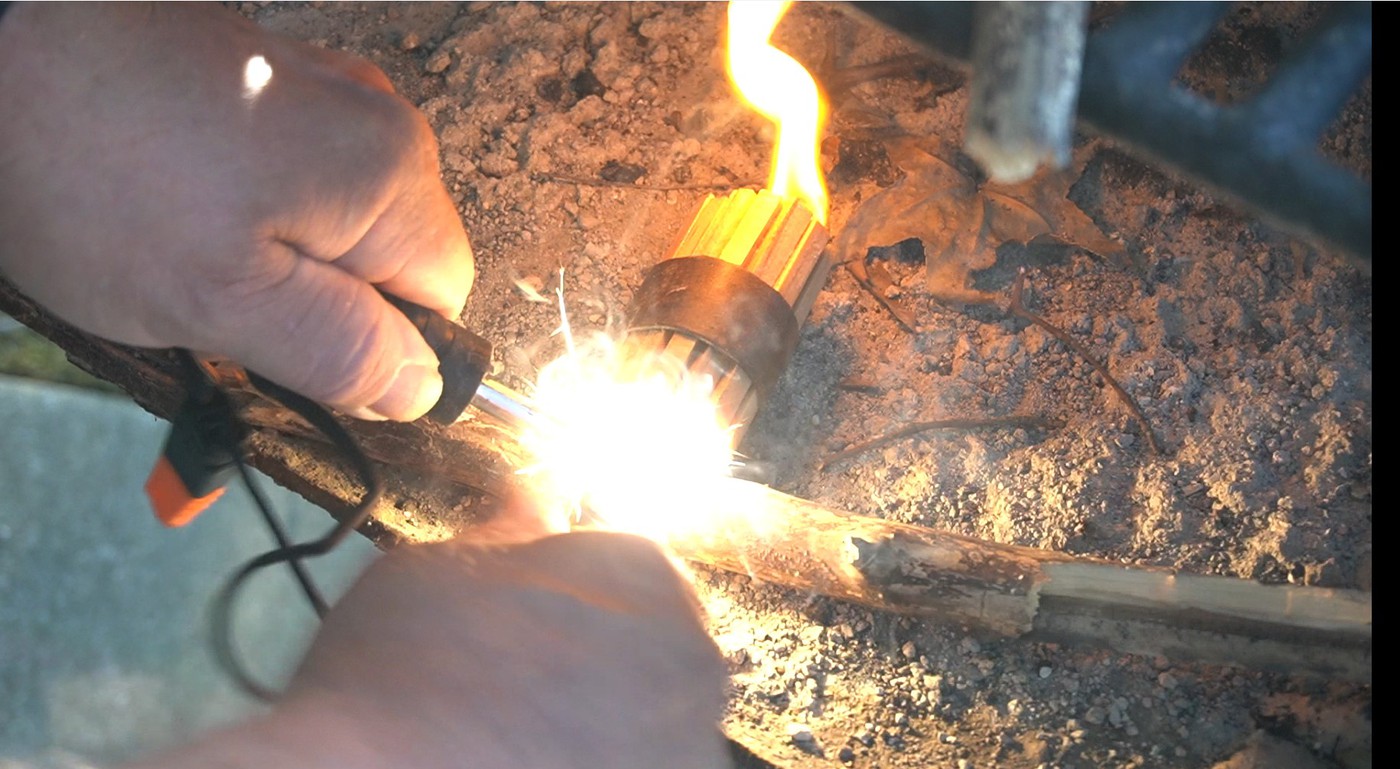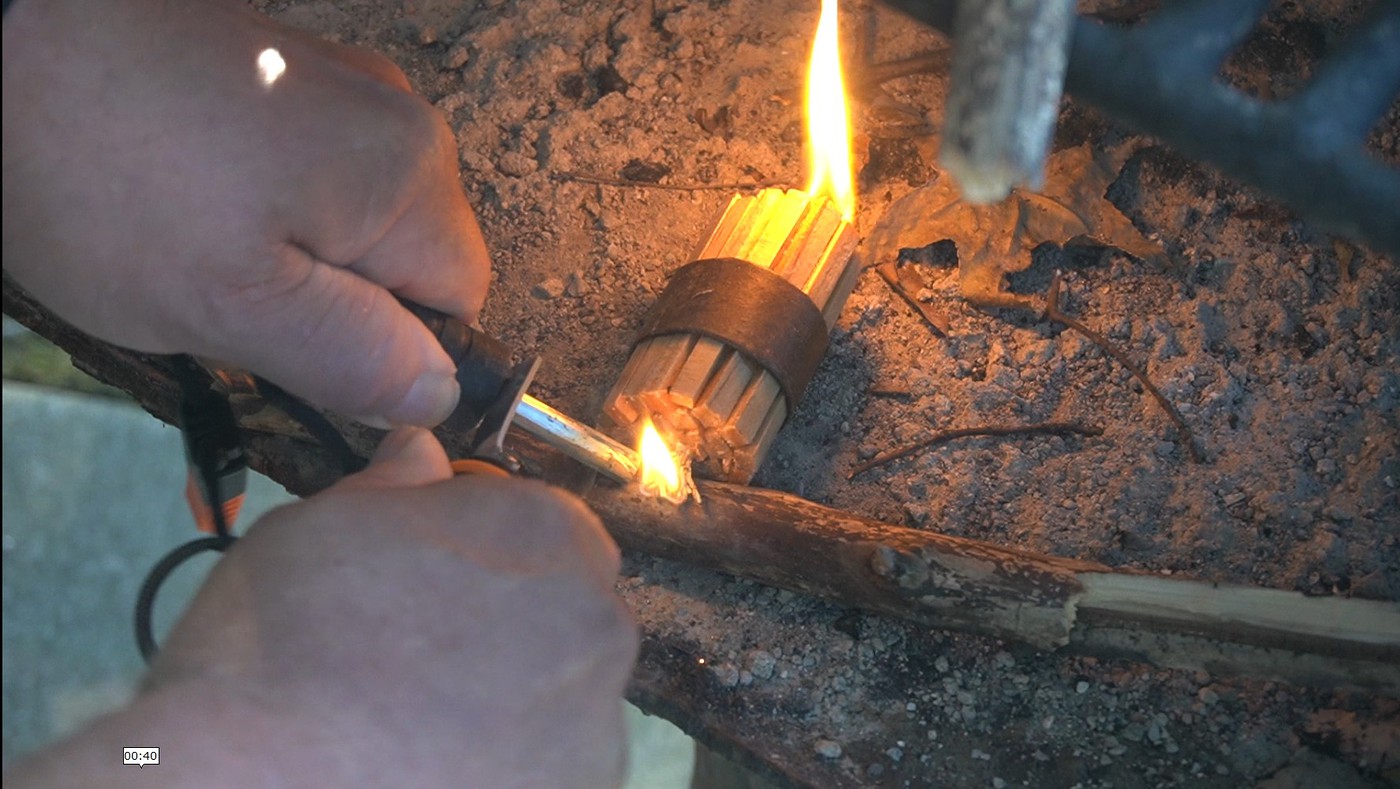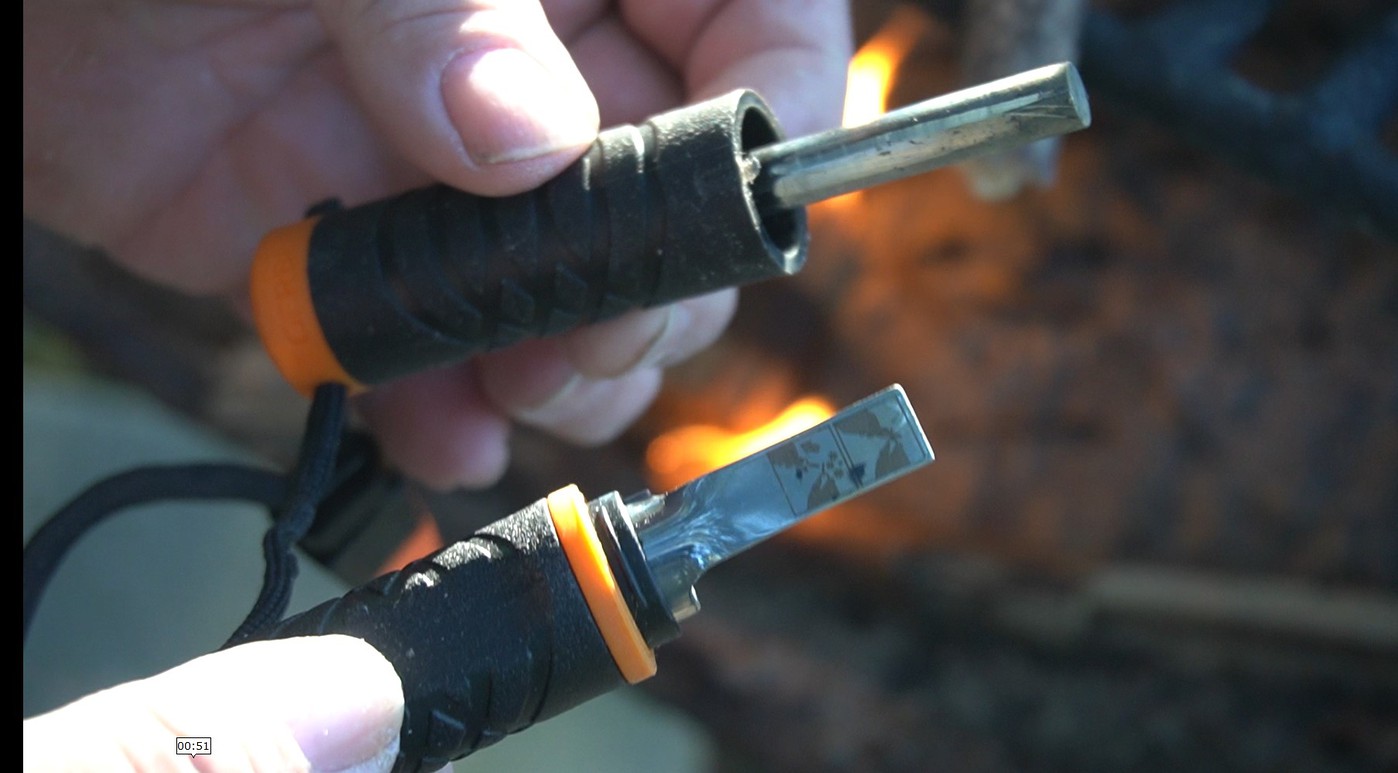Hello,
I have been questioning this for a few months now. I had to scrape firesteel with the edge of the knife in september because I didn't have any knife with 90 degree spine with me. I am aware that this is certainly bad for the edge and that you can destroy it. However, my friend told me that I will not be ever able to properly repair the damage on the edge because of the high temperatures during the firesteel scraping. I have read somewhere that the temperatures generated can reach as high as 3000 degrees Celsius which is very high. But are the sparks and the friction from firesteel long enough in contact with the steel to cause any significant damage to the steel in microstructural or heat treatment context? If so, why would it be able to not damage the steel when being scraped by 90 degree spine? I apologise if this is either too sciency or too easy of a question, but this is something that doesn't give me enough sleep.
I have been questioning this for a few months now. I had to scrape firesteel with the edge of the knife in september because I didn't have any knife with 90 degree spine with me. I am aware that this is certainly bad for the edge and that you can destroy it. However, my friend told me that I will not be ever able to properly repair the damage on the edge because of the high temperatures during the firesteel scraping. I have read somewhere that the temperatures generated can reach as high as 3000 degrees Celsius which is very high. But are the sparks and the friction from firesteel long enough in contact with the steel to cause any significant damage to the steel in microstructural or heat treatment context? If so, why would it be able to not damage the steel when being scraped by 90 degree spine? I apologise if this is either too sciency or too easy of a question, but this is something that doesn't give me enough sleep.




